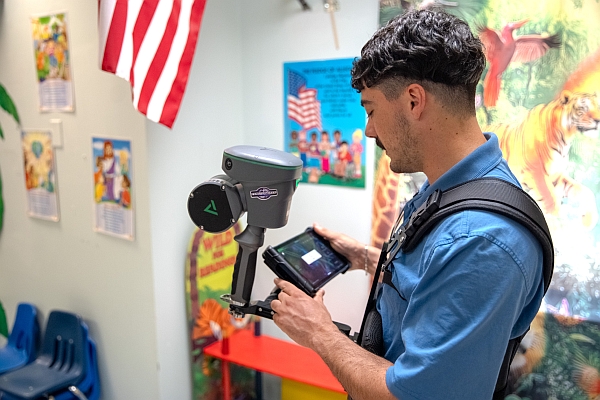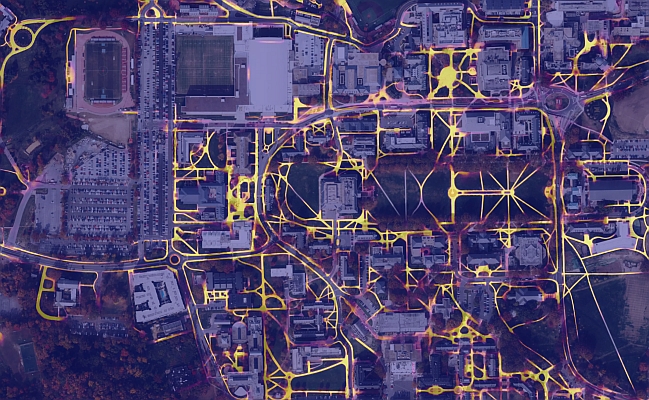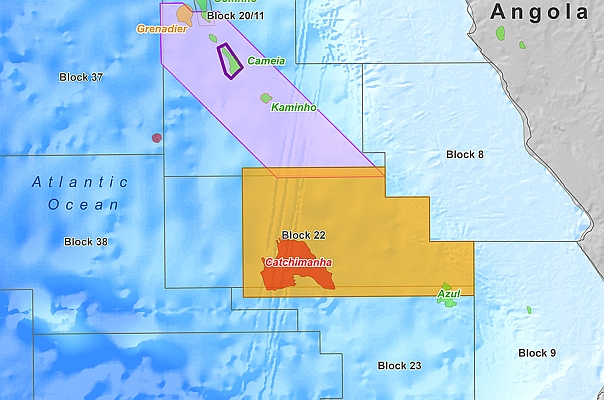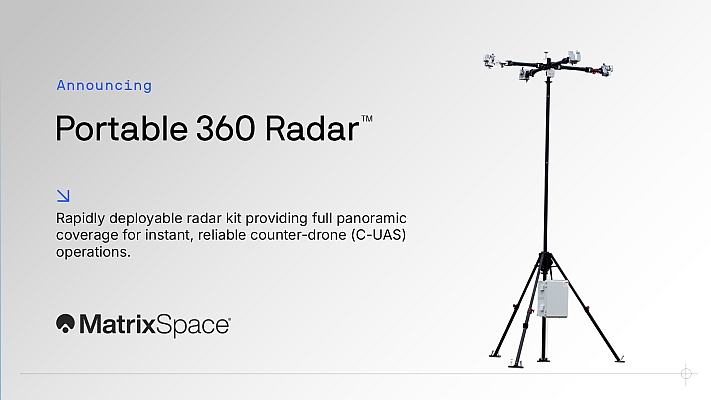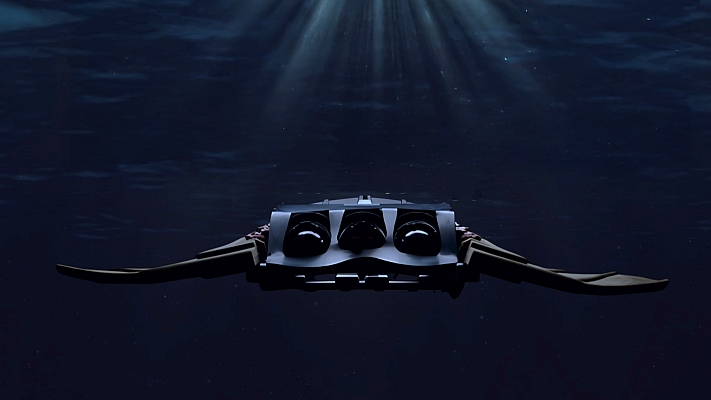DigitalGlobe, a leading global content provider of high-resolution earth imagery solutions, today announced a WorldView-2 joint research initiative with India’s TERI University. As part of the initiative, DigitalGlobe will contribute ideas, expertise and high-resolution 8-Band multi-spectral satellite imagery from DigitalGlobe’s WorldView-2 satellite to TERI University’s current research projects. The initiative’s aim is to help researchers develop new environmental applications that address critical climate issues.
"With the growing concern over global climate change, institutions around the world are increasingly looking to technological innovation to help track, monitor and analyze changes in our natural environment," said DigitalGlobe Chairman and CEO Jill Smith. "DigitalGlobe’s WorldView-2 is the only satellite capable of delivering 8-Band multi-spectral imagery, which generates far more detailed and accurate data on changes in environmental conditions and urban areas. We’re eager to see what new applications the distinguished scientists at TERI University develop."
"In light of the worldwide recognition of the challenge of climate change and the effect of human actions on the natural environment, there can be little doubt that the importance of high-resolution satellite imagery applications will continue to escalate," said Dr. RK Pachauri, Chancellor of TERI University and Director General of The Energy and Resources Institute. "By forming a joint research initiative with DigitalGlobe on the use of 8-Band multi-spectral data, TERI University will be able to impart first-hand knowledge and expertise, making it one of the most prestigious joint initiatives of its kind in the world."
DigitalGlobe’s constellation of satellites and expanding ground station network offer an industry-leading collection capacity of up to 700 million square kilometers each year. The company’s unmatched refresh and monitoring capabilities ensure its ImageLibrary is up-to-date and accurate. This capacity allows institutions such as The Energy and Resources Institute at TERI University unparalleled access to almost real time high-resolution imagery. This imagery can be put to use to track and monitor a number of climate change issues including the Gulf of Mexico oil spill, the eruption of Eyjafjallajoekull on Iceland, deforestation across the Amazon rainforest and, in India, effective water distribution and irrigation.
Follow us on Twitter.


